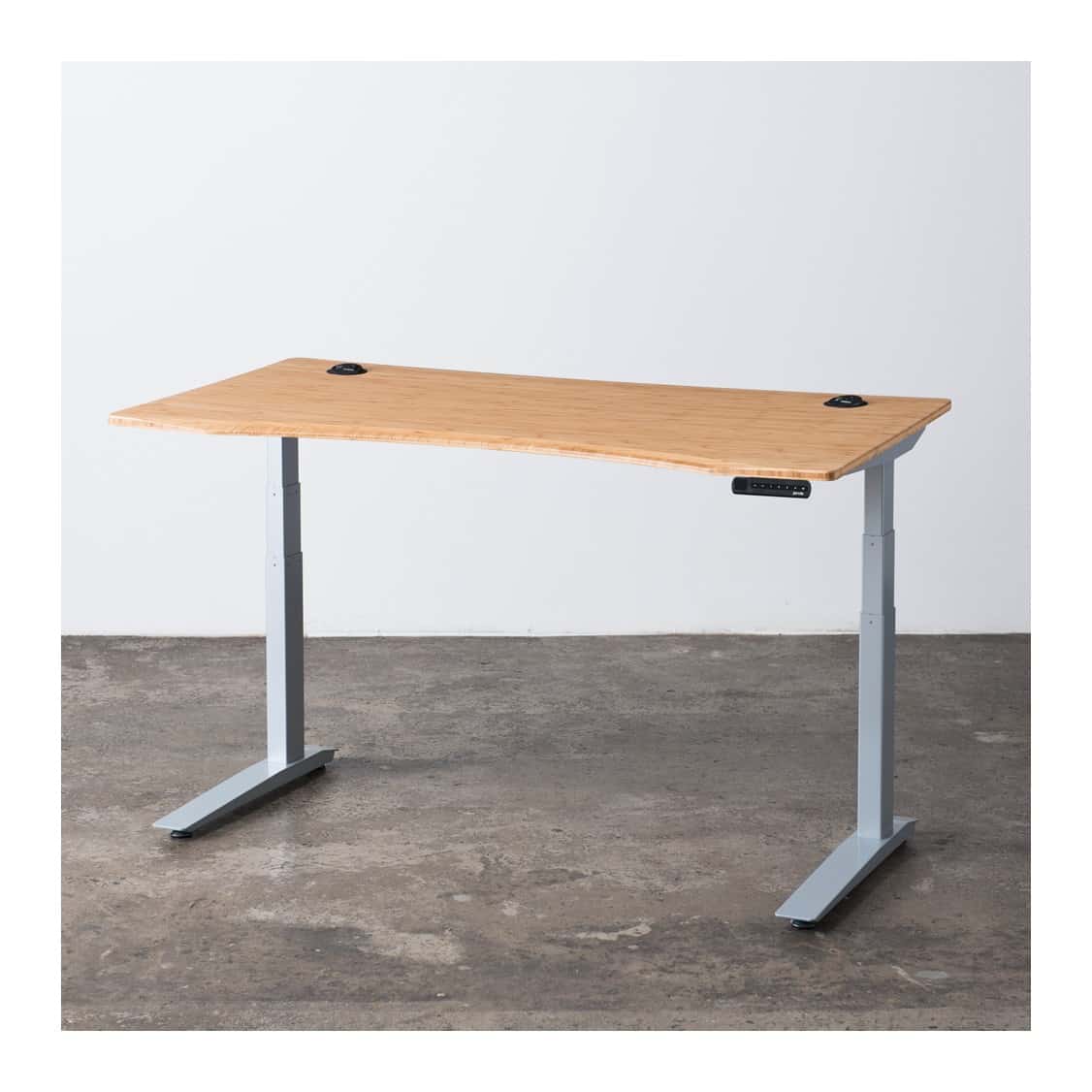Do you wake up in the morning feeling stiff? Do you feel that you need to foam roll and stretch prior to all workouts to “loosen up”? Perhaps you are unable to squat, deadlift, perform a pullup or lift something overhead without feeling like you are straining and compensating to do so.
Many clinicians will refer to an inefficient or restricted way of moving as a movement dysfunction. However, is there a wrong way to move?
There is no wrong way to move. Your body will restrict movements for a purpose and perhaps it is restricting motion to protect an area that is under increased stress. For a real-life example, imagine that you are walking on a tight rope. The body feels unstable so it contracts many different muscles simultaneously to create more stiffness and control on an unstable surface.
Perhaps a lack of mobility or stiffness is not your issue, but you notice that your movements are not very efficient. Your body is prioritizing your current movements and doing whatever it can to handle the current challenge. Your body will figure out an alternative way to press a barbell overhead or pick your child up off of the floor when you cannot maintain optimal technique to do so. This a natural survival strategy to deal with the most immediate concern and handle future implications at a later time.
This is not a wrong way to move as it allows you to get through the current moment, however, it is important to understand that you are allowing stress to accumulate which may have future implications. Furthermore, a lack of mobility or stiffness is occurring for a reason and it is important to discover why that is so that it can be addressed.
No way of moving is wrong, however, your standard way of moving should be efficient and fluid so that you are not constantly trying to survive the moment.
For this reason, it important to get assessed by a qualified clinician. For more information contact me at zacharyc@cohenhealth.com .
